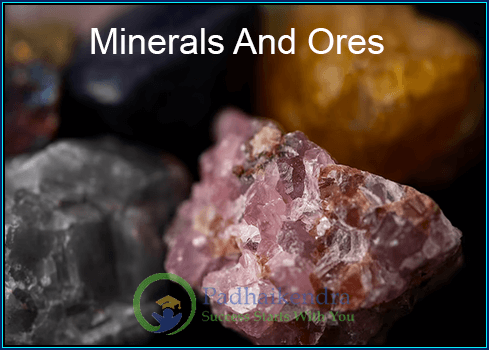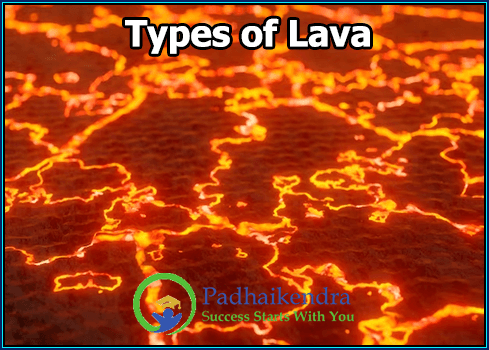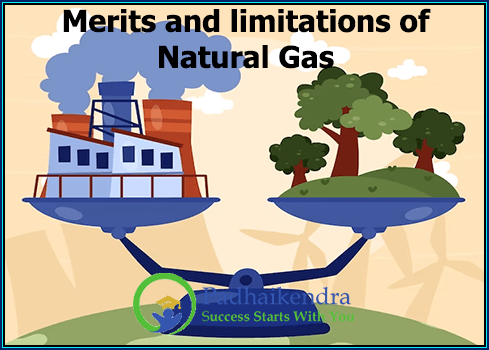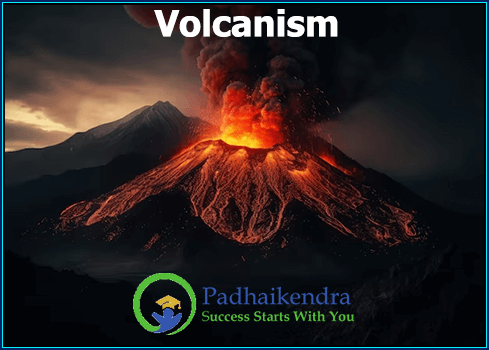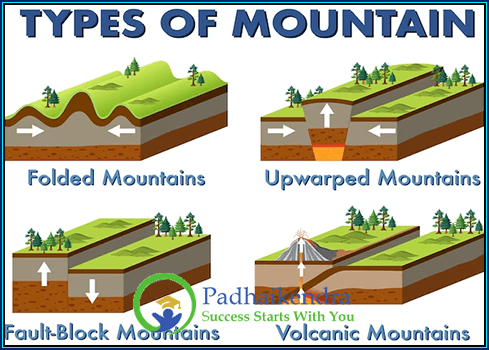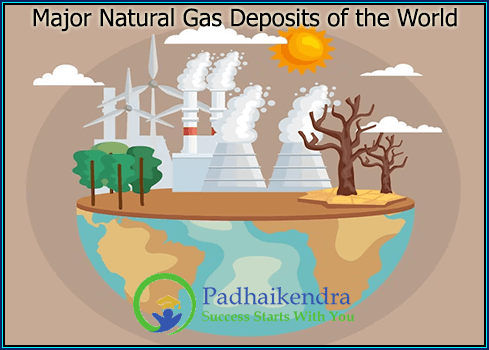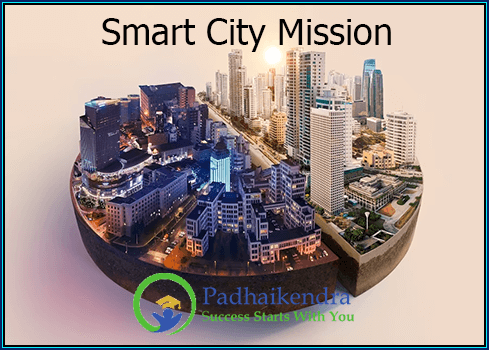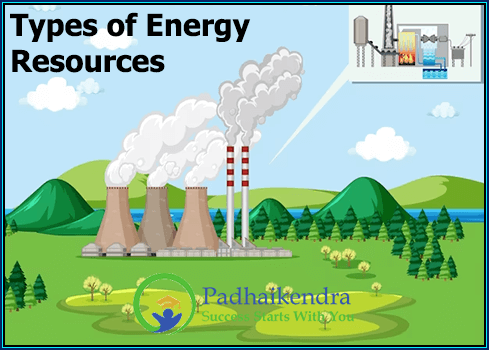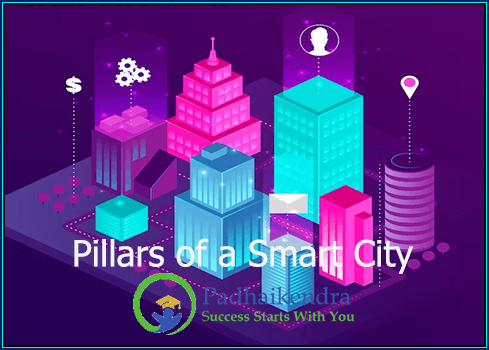Minerals and ores
Minerals and ores are naturally occurring substances that contain metal or other valuable elements. A mineral is a naturally occurring inorganic solid with a definite chemical composition and a crystalline structure. Examples of minerals include quartz, feldspar, and mica. An ore is a naturally occurring mineral or rock from which a valuable substance, usually a …

